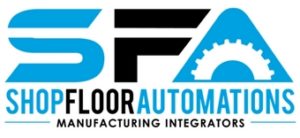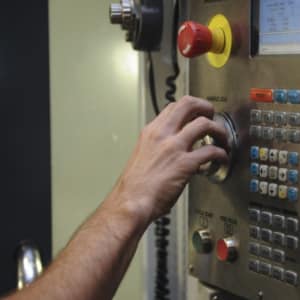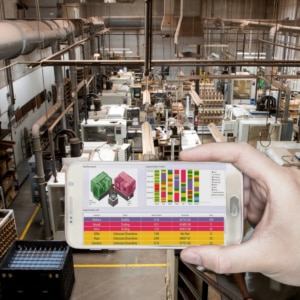Lean Manufacturing
 Lean manufacturing is a hot topic these days. It’s more than a buzzword, though. It’s becoming a necessity.
Lean manufacturing is a hot topic these days. It’s more than a buzzword, though. It’s becoming a necessity.
“Lean manufacturing is a system of techniques and activities for running a manufacturing or service operation.” This quotes comes from Lean Enterprise: A Synergistic Approach to Minimizing Waste from ASQ Quality Press.
Basically, do you want to eliminate any activities from your production that do not add value or contribute to waste? Then you want lean manufacturing procedures in place.
Question is, how can you achieve this goal?
The first step is making the jobs of those on the shop floor easier. “Complex processes typically have a lot of waste, so simplifying a process will reduce waste, improving efficiency,” states this piece on the subject of lean manufacturing from The University of Washington. Keep reading below!
The writer of the previously mentioned article is the spouse of Michael R. Wagner – is an instructor with Operations Management at the Foster School of Business. Michael often speaks to students about the precursor to lean manufacturing, which came from Toyota of Japan years ago. Their system is called muda, muri and mura.
 Muda: Excess, or anything that doesn’t add value.
Muda: Excess, or anything that doesn’t add value.
Modernizing your shop floor is a great starting point for simplifying. Getting rid of a process that does not add value can be an economic choice.
Do you have old media on the shop floor, such as floppy disk drives? Using paper tape? Old cabling? Replacing with new hardware can help cut down on the time operators would use to work around dying shop floor media.
Muri: Doing things beyond one’s power.
Communication failures on the shop floor are frustrating. Programs aren’t sending, or incorrect revisions are running at machines. DNC software is great for getting organized and making sure programs are making it to the machine.
When management and machinists butt heads over downtime, it can be stressful. The machinists know what the problem is and try to convey it. Management just thinks it comes down to excuses or poor work ethic. Machine monitoring can help with this divide.
Machine monitoring helps to evaluate OEE on the shop floor. Data from unknown and planned downtimes is compiled into easy to understand charts and reports. People across the manufacturing company can see what is going on, good or bad.
Mura: Unevenness.
Is the workload for your production is too large to complete on time due to OEE problems or the MFG skills gap? Why not look into lights out manufacturing? Enabling 24/7 manufacturing assists to meet production goals and helps operators evaluate where processes are falling short.
One of the basic steps to getting started with lights out manufacturing is machine monitoring. As previously mentioned, the system helps to highlight productivity problems via OEE evaluation.
The data from this software shows where there are snags in the process. Once these are addressed, 24/7 production can take place with diminished worry.
Ready to get a lean manufacturing plan in place? Call (877) 611-5825 or fill out a contact form

 Lean manufacturing is a hot topic these days. It’s more than a buzzword, though. It’s becoming a necessity.
Lean manufacturing is a hot topic these days. It’s more than a buzzword, though. It’s becoming a necessity. Muda: Excess, or anything that doesn’t add value.
Muda: Excess, or anything that doesn’t add value.